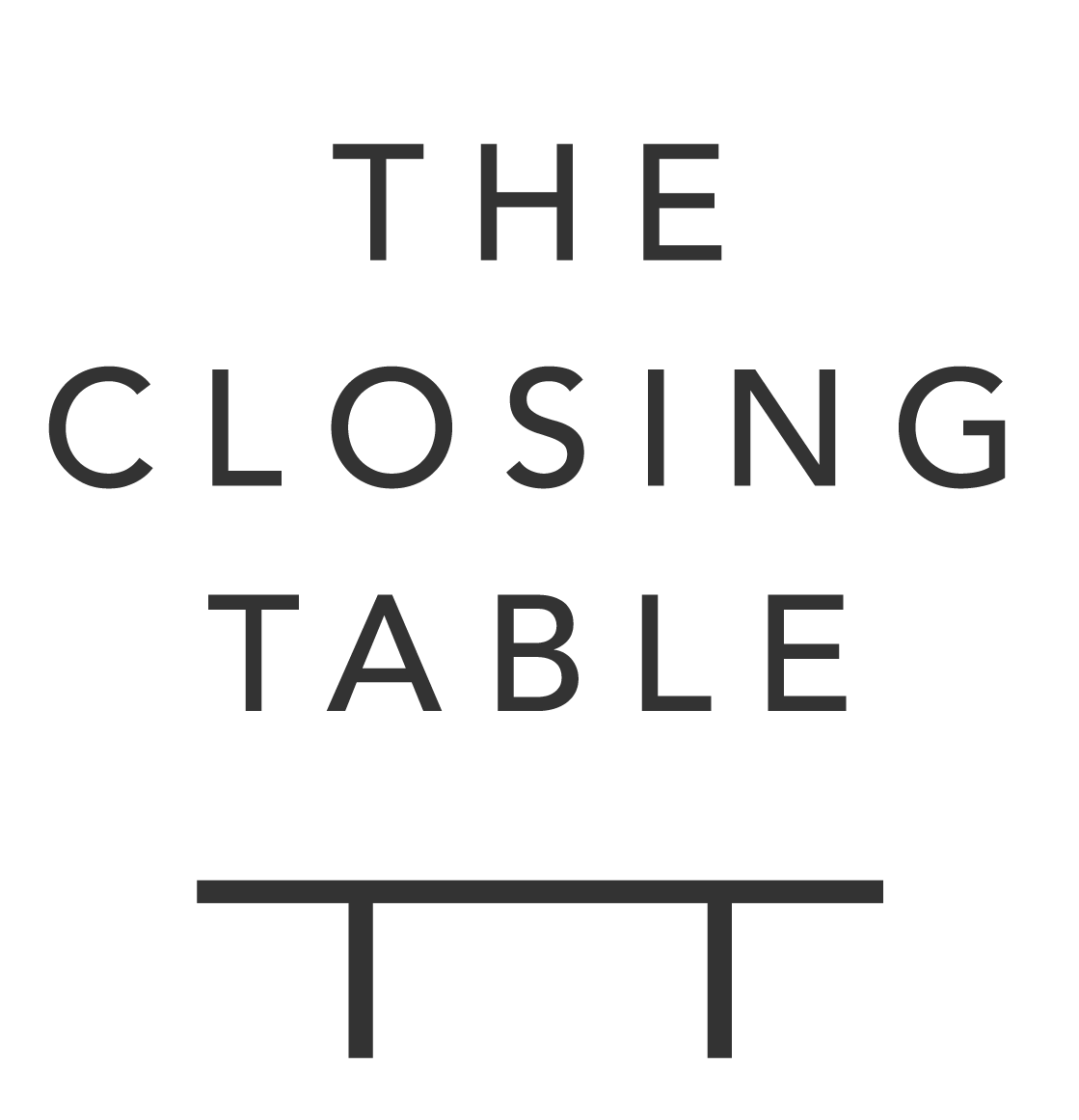STIFEL: HR ($34.82, Buy) - Updating Model; Reiterate Buy Rating
pdating Model; Reiterate Buy Rating
Updating model to increase assumed share count to reflect HR's previously announced share issuance. We maintain Buy rating and positive outlook.
Updating Estimates: Updating estimates to adjust for higher average shares outstanding in 3Q. HR had 115.8M shares outstanding as of July 29. We expect slightly lower 3Q per share FFO of $0.39 FFO for 3Q16, down from $0.41 and 2016E FFO decreases to $1.62 from $1.66. Updated estimate is largely in line with consensus after adjustment. Overall, we believe these are minor changes and continue to have a positive outlook on the stock.
Favorable Outlook for MOB REITs: We believe medical office buildings have the most compelling fundamentals among healthcare REIT asset classes and expect MOB focused REITs to outperform the sector as a whole. MOBs are less exposed to oversupply risks, as in seniors housing, and are insulated from direct government reimbursement risk when compared to skilled nursing and hospitals.
Second Quarter Recap: Healthcare Realty reported $0.42 FFO per share compared to our $0.42 estimate and consensus of $0.42. We calculate $0.39 FAD per share, which was slightly ahead of our $0.38 estimate and consensus. FAD growth was driven by strong same-property occupancy and rate growth. Expected investments are slightly better, offset by some additional share issuance. Overall, we see it as a good quarter with not much variance from our expectations.
Reiterate Buy Rating and $36 Target Price; Maintain Favorable Outlook: We have made marginal adjustments to our model to account for the additional equity issuance. We are reiterating our $36 price target and Buy rating. We believe medical office buildings have the most compelling fundamentals among healthcare REITs.
Target Price Methodology/Risks
Our price target of $36 is equal to 21x 2017E FFO, in line with our target multiple for peer Healthcare Trust of America and supported by NAV of $33.
Major Risks Include:
Rising interest rates and/or weaker equity valuation can erode investment spreads. Below estimated acquisition levels and/or investment yield could impair growth rate. Unexpected property level expense growth or lower than expected occupancy due to non-lease renewals or slow lease-up of development could impact margins.

